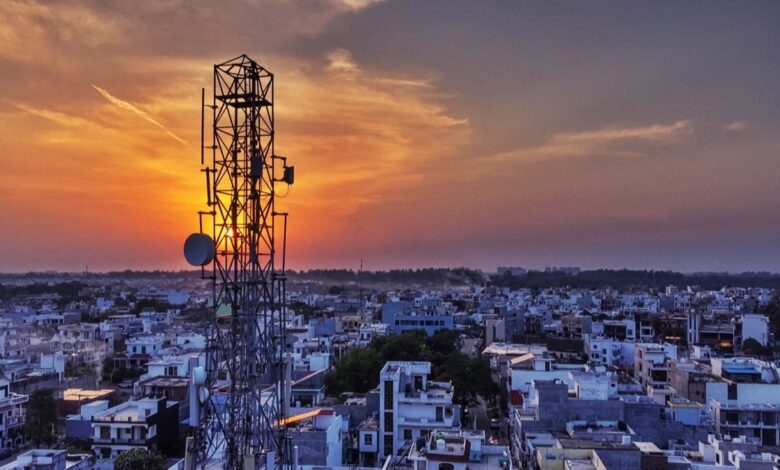First-of-its-kind study to analyse disaster risk to India’s telecom infra

In a first-of-its-kind initiative, the Coalition for Disaster Resilient Infrastructure (CDRI) is developing a comprehensive Disaster Risk and Resilience Assessment Framework (DRRAF) to strengthen the resilience of India’s telecommunication infrastructure against natural hazards.
Telecommunication networks are the lifelines that enable critical information flow and service delivery during disasters. However, these systems are often impacted by natural hazards like earthquakes, cyclones, and floods, leading to disruptions that can hamper disaster response efforts in vulnerable regions.
The CDRI project aims to map the historical hazards, risks, and impacts faced by India’s telecom sector and assess the cascading effects of interdependent infrastructure failures.
It will conduct a baseline assessment of the sector’s resilience and benchmark it against global best practices.
“This first-of-its-kind study will adopt a systemic approach covering first, middle, and last-mile connectivity,” Amit Prothi, Director General, CDRI told IndiaToday.in. “It will investigate multi-hazard resilience gaps across five dimensions – technical planning and design, operations and maintenance, policy and institutional processes, financial arrangements, and expertise availability.”
The project will explore various technological options, from 2G to 5G networks, as well as terrestrial and satellite communication systems, to identify redundancies that can enhance the existing infrastructure’s resilience across different geographies.
The team is already visiting several states in India to analyse the current state of affairs. The project focuses on Gujarat, Tamil Nadu, Odisha, Uttarakhand, and Assam to study the impact of earthquakes, landslides, flooding, cyclones and glacial lake outflows on the telecom infrastructure in these areas.
The analysis is aimed at the development of the DRRAF and an actionable roadmap for strengthening the telecom sector’s resilience. The findings will be disseminated to generate awareness and promote disaster-resilient practices within the industry.
With climate change increasing the frequency and intensity of natural disasters, enhancing the resilience of critical infrastructure like telecommunications is crucial for minimising disruptions and ensuring effective disaster response.
By addressing the telecom sector’s vulnerabilities, this initiative by CDRI could potentially save lives and reduce economic losses during future calamities in India.



